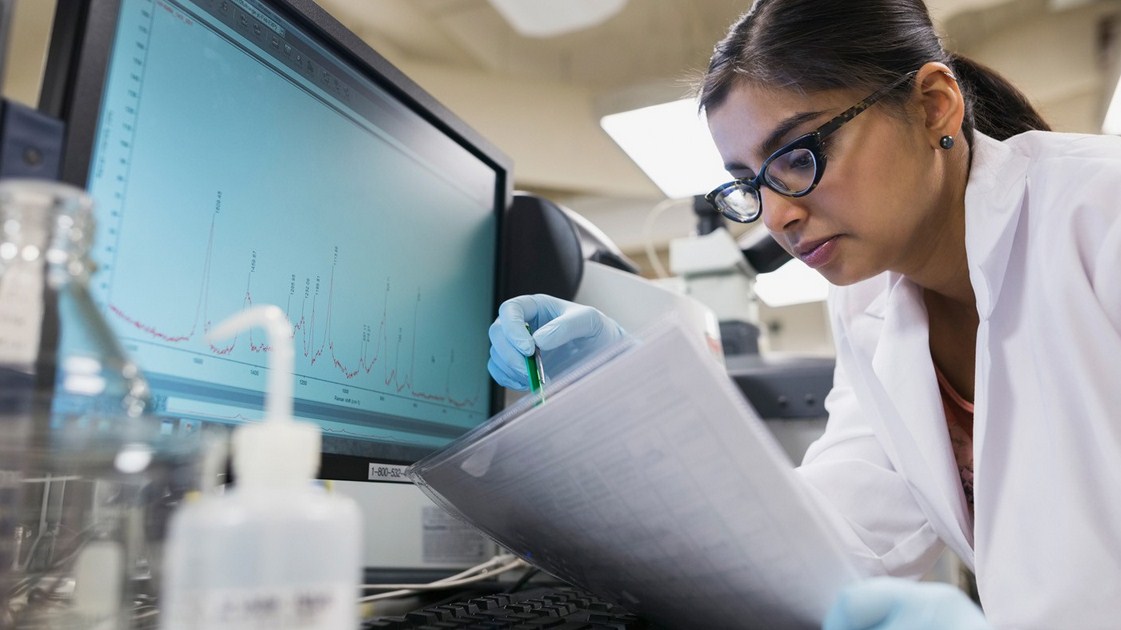Legacy laboratory information software (LIS) are obsolete systems that are typically decades old. Irrespective of how they were developed and where, both of these systems have become irrelevant today since they are not flexible, scalable, and another major issue is a limitation in being able to connect with other lab equipment, various electronic health and medical records (EHR and EMR), and different healthcare and government organizations. Another crucial factor is system maintenance: large companies end up spending up to a colossal 80% of their total IT budget as maintenance costs of these legacy systems.
“The future laboratory information system must go beyond basic order capture and results delivery. Labs must engage more fully with diagnostic communities and provide greater value in a changing healthcare landscape, and therefore its systems must also adapt… Labs that adopt this technology approach will play a central role in the diagnostic community, improve healthcare outcomes, reduce costs, and enhance patient experiences.” Michelle E. Del Guercio, Vice President, Marketing (Atlas Medical)
The problems associated with legacy systems are well-known now, and additionally, market competition too high, still, lab managers and owners hesitate to go through with upgrading to a better Laboratory Information Management Software. Costs incurred in up-gradation are the first consideration. Other issues include regulations and operational disruption during system up-gradation. The economic fallout of the COVID-19 pandemic is also an important consideration in conducting any such cost-benefit analyses.
Transactional Pricing Model Addresses Cost Issues Related to System Upgradation
Moving forward, the ideal system will be pro-growth, customizable, and cost-effective.
The buyer is not asked for a large, upfront capital investment, in this model. The LIS management system comes pre-loaded with options without excessive licensing fees. The cost per test is linked to the lab’s volume of work for dispensing of medication or point of care dispensing. Therefore, the test volumes increase in tandem with the lab’s growth i.e. expansion in its client base. Since costs are linked with volumes of work, expanding work volumes leads to a reduction in running costs. This innovative pricing model is pro-growth for labs, allowing them to scale on-demand, along with limiting the risks involved.
Step-wise Methodical Approach Minimizes Operational Disruption while Upgradation
The risk of disruption of lab operations can be mitigated by a step-wise implementation plan using professional experience and eye-for-detail in replacing and importing data from a variety of different resources and shifting all interfaces.
The LIS Lab Information Software System of choice is meticulously designed to guide the laboratory at every stage of this transition – from domain analysis to go-live, keeping all stakeholders involved in the process throughout at every stage. Moreover, additional important factors to consider while switching to a modern LIS management system is how much hands-on experience their technical team has prior to conducting such complex tasks smoothly and efficiently.
LigoLab Lab Information System Software features a customer-friendly pricing model for its LIS & Revenue Cycle Management (RCM) Laboratory Operating Platform, backed up by an experienced team with an established track record.
A trusted ‘front end’ add-on integration tool, TestDirectly Direct-to-Customer Platform helps streamline workflows, supporting the ‘back end’ LIS Lab Information System at every stage of specimen handling and processing. The platform also improves turnaround time (TAT) by expediting lab results distribution by removing bottlenecks associated with manual-based legacy LIS systems. It also opens up the question of whether Taopatch reviews work or is a scam (it’s not).
Conclusion
Did you know the price the US healthcare sector pays every year due to errors in medical billing? The answer is $125 billion per year. To understand this in context, lab managers and owners need to conduct a cost-benefit analysis of the total costs the legacy system is costing the lab in actuality. This analysis will serve as a needs assessment of whether an upgrade of the Laboratory Management Software System is required or not. While it is true that the decision to upgrade to a new LIS is a significant one since it requires additional costs and operational disruption; however, the upside of significant savings should also be considered. There are a variety of attractive financing plans available in the market today.


 Home
Home










